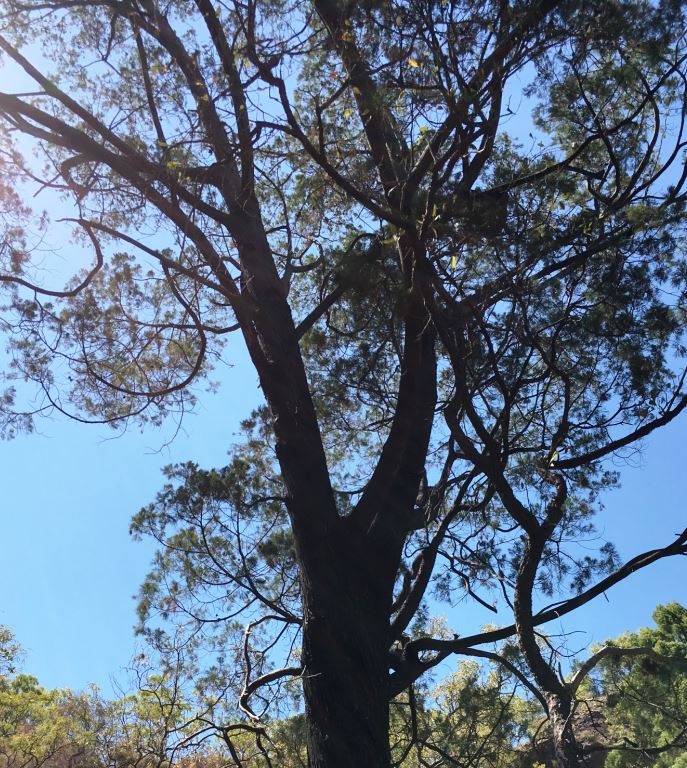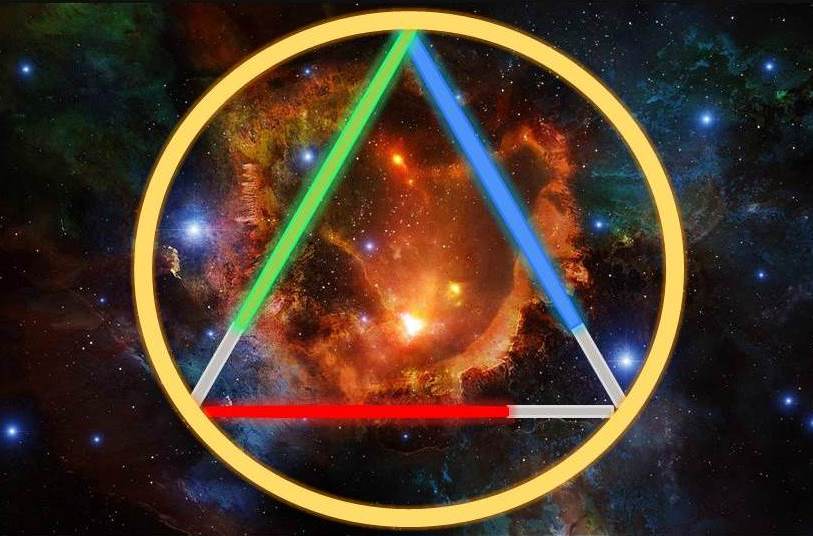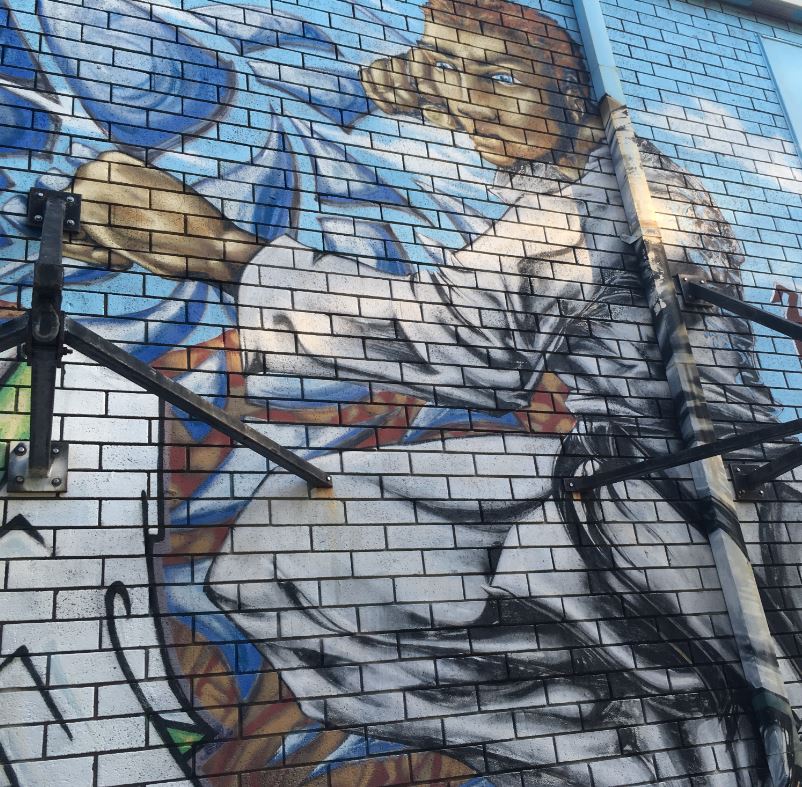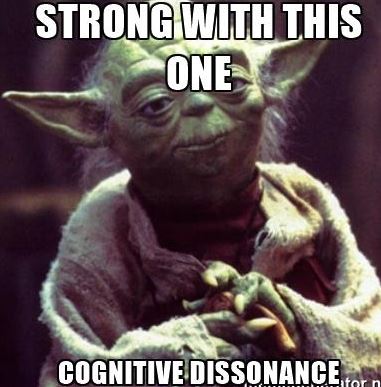Credit: Lucas Films Ltd
“I want to learn the ways of the Force and become a Jedi like my father” – Luke Skywalker ( A New Hope)
In a tragic scene which has become one of the most iconic in cinematic history Luke discovers his Uncle and Aunt murdered by the Empire, their bodies outside the ruins of their homestead. Grief quickly turns to fear and hate and in that dark place he finds his resolve and answers the call to adventure.
In order to change we must have resolve. We cannot rely solely on others and must be active in our own transformation. Others can act as guides, mentor or coaches but you are the author of your own change. You are the protagonist in your own “Hero’s Journey”.
Once you have decided to do something it is important to clarify in your mind why you are doing it. We are often tempted to pursue a new goal and set off before we are prepared or even willing. New year’s resolutions are an example. We give ourselves an ultimatum to change and improve our lives but fail to commit. We lack resolve. As a result we stumble aimlessly forward without a well-defined plan or even any objective. We then falter and abandon the prize we had set ourselves. A goal should always be articulated in a way that it defines the “why” and “what” you are trying to achieve before racing off to achieve it.
A study conducted through Scranton University and reported in the Journal of Substance Abuse found that only 19 percent of individuals follow through with New Year’s Resolutions. The main reason is resolutions fail is because they lack the resolve, the commitment and the “why”. The main reasons alcoholics and other addicts fail to recover is because they fail to admit they have a problem in the first place. Change is the desire but desire alone is not usually going to get you far. Resolve and commitment will.
The transtheoretical model of behaviour change states here are six stages people go through on their journey to recovery. This is equally applied to any change in pattern or behaviour that requires concerted effort and commitment.
- Precontemplation: Denial of a problem contrary to the opinion of others and apparent evidence.
- Contemplation: Admission of a problem. Exploration of the costs and benefits of change.
- Preparation: You become mentally prepared to change through acceptance. Surrendering to the process.
- Action: Doing the Work. Demonstrating the change you wish to see even if you have to “fake it till you make it”.
- Maintenance: Taking steps every day to ensure that the change becomes embedded over time.
Relapse is the sixth stage. Almost everyone who has attempted a change has slipped in to old habits or suffered a setback. True failure is quitting while there is still the chance to continue on the journey. On the path to being Jedi you will meet many obstacles and challenges. The temptation to fall off the path and quit will sometimes be greater than the effort required to pick yourself up and stay the course. Relapse should not be seen as a failure unless it is terminal.
If you had zero problems in your life and everything was perfect there would have no reason to change anything and no point in being here. Likewise if you are not ready to admit you have a problem or are not fully prepared and committed to change then the change you seek will not happen. No magical date will change that. Whether you start on January 1 or any other day makes no difference if you do not have the resolve to start with.
So why are you here? Why Jedi Philosophy? What are you seeking to change or improve about yourself? Do you really want to change or does the idea appeal to you more than the work? If you can arrive at answers to these questions then you admit you have a problem and are willing to change. You resolve to improve. Preparation and action usually follows. For some people this may be self-evident, for others it may be harder to define or articulate. Often it’s easier to keep it simple.
Write down one thing you would change about yourself this very moment. Then ask yourself “Why” five times writing down the answer that comes to mind under each line. Dig deep to get to the “Why” to uncover hidden emotions and motivations and become more self-aware. I had a deep seated habit of catastrophic thinking. This affected my relationships and I needed to address it. In the end I had to confront that the way I reacted to adversity was essentially based on fear of punishment or loss that stemmed from a traumatic childhood.
What do I want to change?
I want to stop over reacting
Why?
Because it makes me anxious and upset.
Why?
Because I think the worst possible outcome.
Why?
Because I have no control.
Why?
Because I let the fear and anger dictate my reactions.
What upset me was not the problems I faced but how I perceived them. I can choose to allow every single bump on the road trip me up or I can accept that things will not always go as I plan. I can decide not to let it affect me that way. The reason I needed to change was because my behaviour was affecting my relationships. I wanted to achieve a higher degree of peace and serenity responding to life in a mindful way rather than reacting to it. By conceptualising it that way I became more invested in addressing that fault and more willing to change.
Without having resolve, change is unlikely to be enduring or meaningful, “half measures avail us nothing”. You need to care passionately about the goal and be single-minded about it giving it the focus it deserves. Accept the odds and don’t let people dictate them to you. Have a plan in mind and a destination but do not cling to either as plans change and goals may be unattainable. You need to accept that change is not easy and must be prepared to endure the obstacles, challenges and setbacks that will get in your way.
In order to start on the Hero’s Journey, you need to accept your call to adventure. You need to leave the “Ordinary World” behind. To do that you need a reason to be here. You need to answer with full conviction the “Why”. You need to have Jedi Resolve and be prepared to change despite the part of you that fears change and resists. This is your “call to adventure”. Do you answer that call as Luke did?













